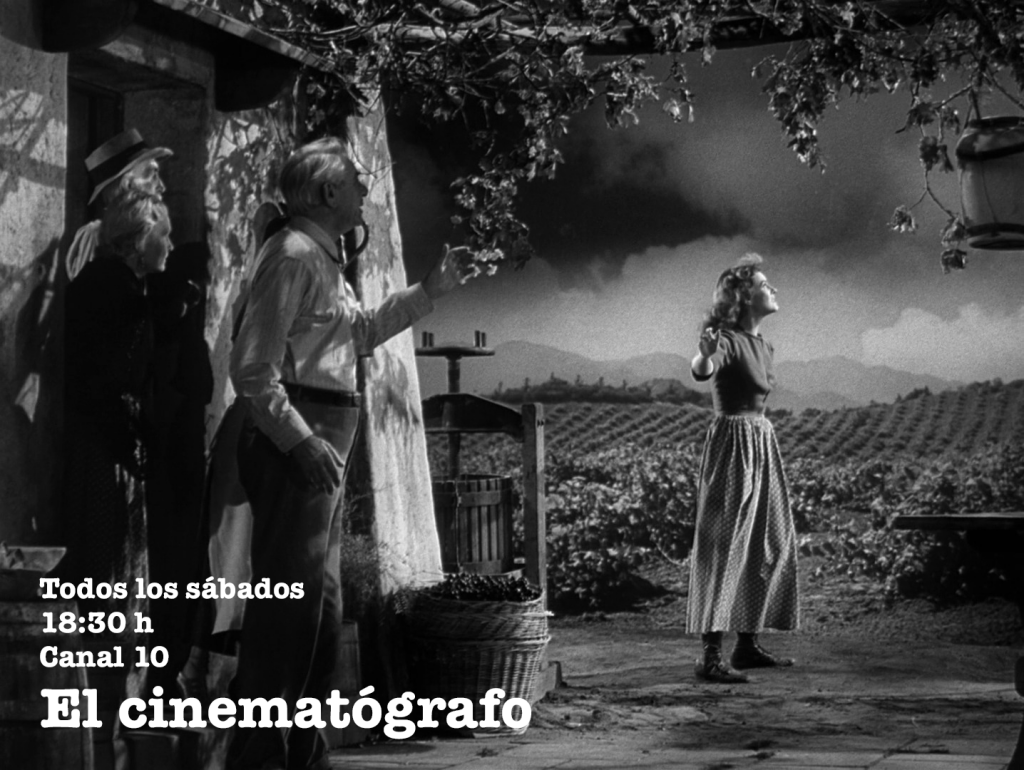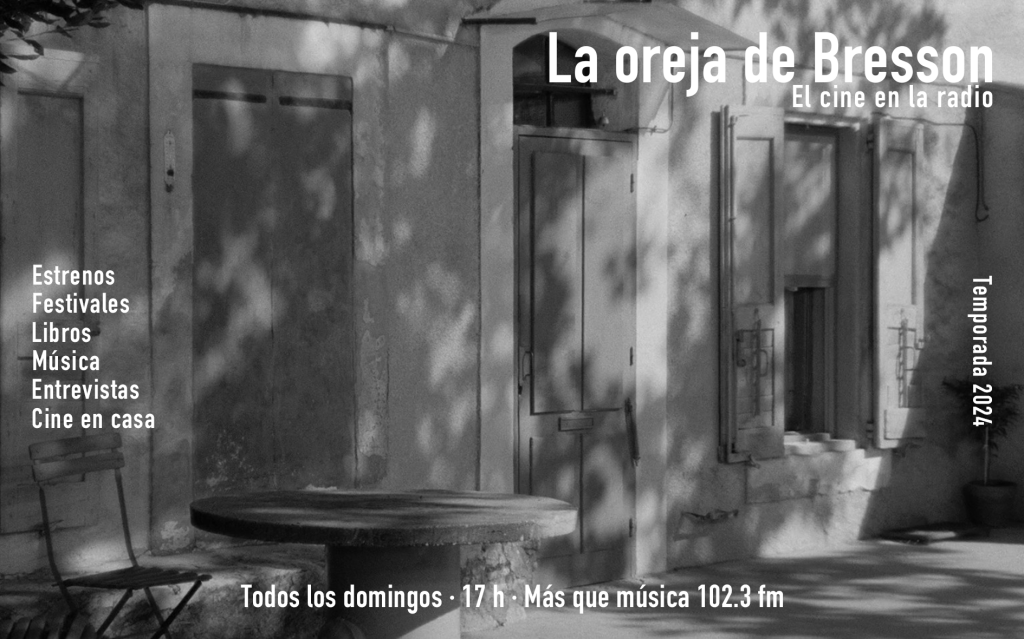
SHORT REVIEWS (29): DAWSON CITY: FROZEN TIME
*** Masterpiece ***A Must See **Worth Seeing * Has a Reedimg Facet ° Worthless
 Dawson City: Frozen Time, Bill Morrison, USA, 2016. (****)
Dawson City: Frozen Time, Bill Morrison, USA, 2016. (****)
This extraordinary film by Bill Morrison is essentially an epic against finitude. Everything tends to disappear; men die, as do their inventions and constructions which—even if they occasionally survive—also experience decay and downfall. Paradoxically, cinema was born under this ontological curse but it partially concreted a desire— freezing time. The variable that determines deterioration is stopped in a film.
This passionate, kaleidoscopic story that takes place in a Canadian city—with a somewhat unequal demographic and economic growth which began at the end of the 19th century with the gold fever and the mining boom—allows Morrison to show how, from that period on, cinematographic recording (and not just photography anymore) becomes a decisive factor in the construction of collective memory. The relationship between the young city of Dawson—with its detrimental expansion on a par with Tr’ochëk (the settlement region of the Han people)—and cinema is undeniable; especially after an extraordinary amount of film reels were found in 1978 in a pool and in a construction site excavation.
Using as source this ‘archeological’ find, and making use of the recovered film materials, Morrison proposes a genealogy of cinema and an empirical and phantasmagoric reconstruction of the History of Dawson (and the 20th century). Moving images always document beyond their purpose (and beyond fiction). Here, we can see an economic system, political disputes, technical and anthropological transformations, and we even learn about the history of film materials, which in the first decades were always associated with fire outbreaks.
Morrison’s educational approach is categorical, as his secret consists in identifying regularities in the archive material and joining them together in editing, constructing a great story that administrates suspense as well as emotional peaks. The method can be appreciated by the way in which it includes the destiny of Chief Isaac, leader of the Han, or in the methods of association with which conceptual series are established through repetition of gestures and situations that belong to silent films made in Dawson. These are admirable poetic procedures, and they show a great narrative intelligence always at the service of an absolute love for cinema.
Roger Koza / Copyleft 2017





Últimos Comentarios